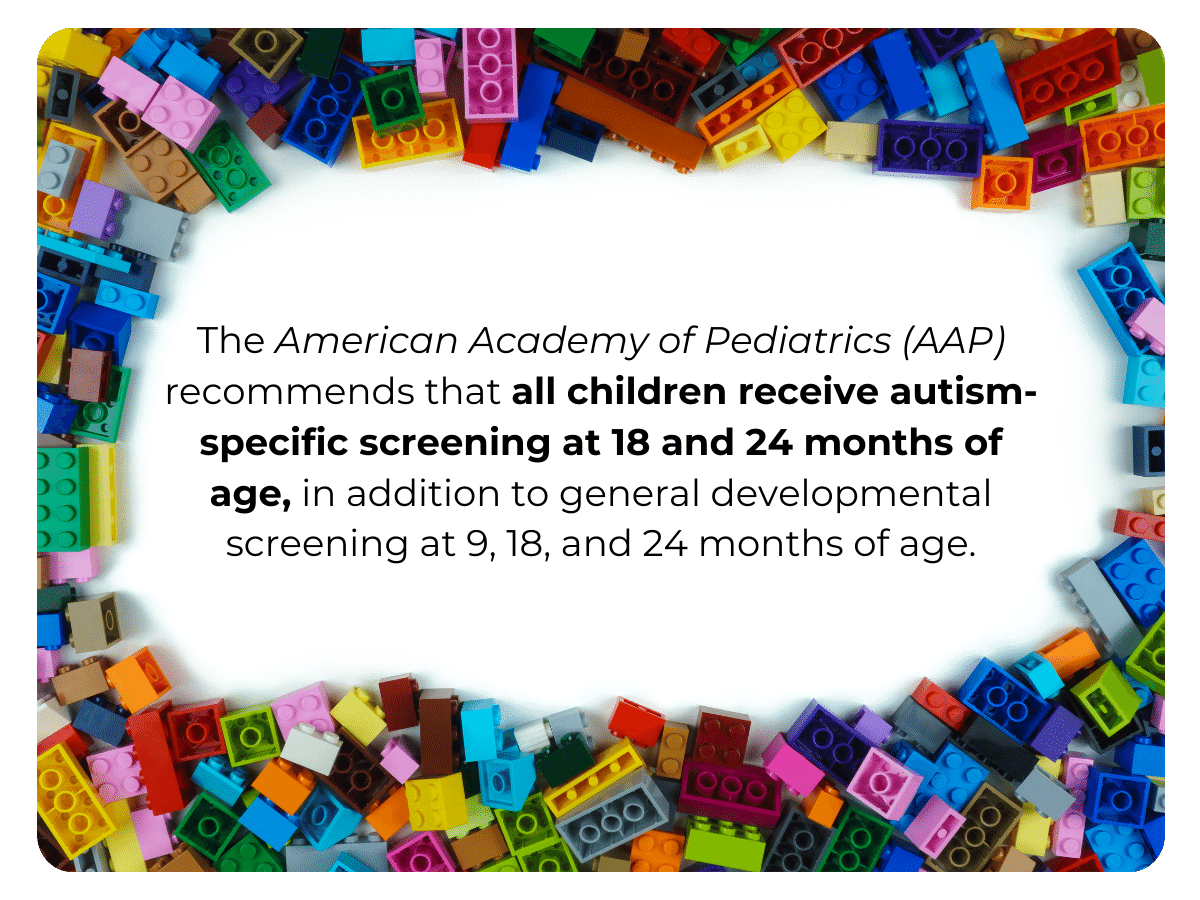• Autism spectrum disorder (ASD) is a developmental disability that generally appears before the age of three.
• A developmental disability is a condition where there is an impairment in the child’s development and they are not meeting age-appropriate milestones in physical, behavioral, learning, or language domains.
• Some children with autism appear typical before age 1 or 2 and then suddenly “regress” and lose language or social skills they had previously gained. This is called regressive autism.
• Because autism is a spectrum disorder, it can range from very mild to very severe, and it occurs across all ethnic, socioeconomic, and age groups. The learning, thinking, and problem-solving abilities of individuals with ASD can range from gifted to severely challenged.
• A diagnosis of ASD now includes several conditions that used to be diagnosed separately: Autistic Disorder, Pervasive Developmental Disorder Not Otherwise Specified (PDD-NOS), and Asperger Syndrome.
.png)
Autism impacts the normal development of the brain in the areas of socialization, communication, and cognitive function. This results in impairments in verbal and nonverbal communication, social interaction, and information processing. Individuals with autism struggle with building relationships, using language functionally, regulating emotions, and understanding others’ points of view. They tend to display marked deficits in nonverbal communicative behaviors such as eye contact and facial expressions. They may have a hard time understanding body language and gestures, demonstrate an abnormal social approach, and engage in higher than average rates of challenging behaviors.
Individuals with autism typically engage in stereotypical, restrictive, or repetitive behaviors, such as hand flapping, body rocking, lining up objects in a fixated manner, or compulsive ritual behaviors.
Autism does not affect life expectancy. However, research has shown that the mortality risk among individuals with autism is double the general population, in large part due to drowning and other accidents.
Autism is diagnosed over four times more often in boys than in girls. About 1 in 36 children has been identified with autism spectrum disorder (ASD) according to estimates from the CDC’s Autism and Developmental Disabilities Monitoring (ADDM) Network.
With early intervention and treatment, the symptoms related to autism can be greatly improved and in some cases completely overcome.

The American Academy of Pediatrics (AAP) recommends that all children receive autism-specific screening at 18 and 24 months of age, in addition to general developmental screening at 9, 18, and 24 months of age.
According to the National Autism Association, all children should be screened for developmental delays and disabilities during regular well-child doctor visits at 9, 18, and 24 or 30 months of age.
Children who are born preterm, born with a low birth weight, have a sibling with ASD, or exhibit behaviors associated with ASD, might need additional screening. If the doctor sees any signs of a problem, a comprehensive diagnostic evaluation is needed.
The comprehensive evaluation may include a hearing and vision screening, genetic testing, neurological testing, and other medical testing. The primary care doctor may choose to refer a specialist for the assessment process and diagnosis. Specialists who can do this type of evaluation include:
• Developmental Pediatricians
• Child Neurologists
• Child Psychologists or Psychiatrists
.png)